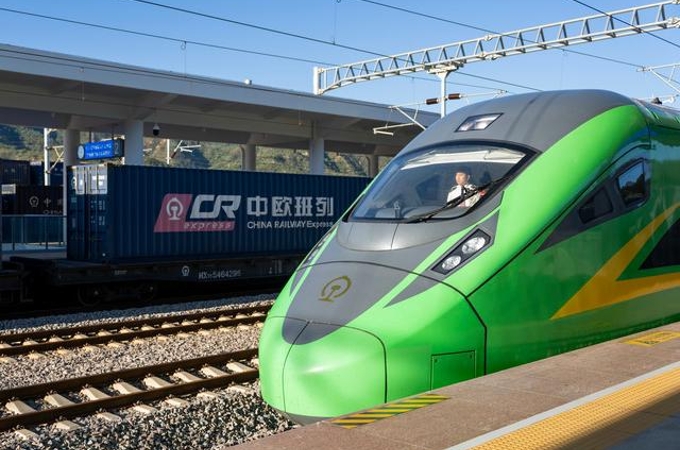
Sun Guansheng was born in Shiping County, Honghe Hani and Yi Autonomous Prefecture, Yunnan around the period of WWII. Once, he worked as a chief editor of Yunnan Daily. After retirement, Sun was fully dedicated to doing research on Flying Tigers.
It was in 1938 when Sun was about 3 years old. It was his first time to see a member of Flying Tigers.
During the WWII, Yunnan had been attacked by air raids from Japanese army since 1938. One day, a plane landed in Shiping. A slightly-injured American pilot came out from the plane. Some villagers knew that the U.S.A was an ally of China, and asked medical staff and interpreters to help the soldier. The pilot was kindly and gave chocolate and sweets to children. Sun received candies from the pilot. At that time, though Sun was about 3 years old, he still remembered that villagers ran away from air-raids alarms. The fear was left over in his childhood memories.
In 2007, he established an institute for researching Flying Tigers. According to his statistics, 3,386 members of Flying Tigers died from 1938 to 1945, including 2,264 Americans. "Air crashes occurred during the WWII. The general headquarter of Flying Tigers was set up in Kunming. There should be a cemetery somewhere." Finally, Sun found it, however, feeling quite sad that about 800 pilots were buried in the wild which was 4 kilometers away from Wujiaba International Airport of Kunming. Local villagers said that pilots’ names, positions and the time of death had been carved on steles in front of tombs. But in 1949, the tombs were moved to mountains nearby. In 1958, some of the steles were used for a reservoir’s construction by villagers. For decades, the cemetery was ignored, even the coffins had rotten.

"The rentals of some exhibition halls reached 3,000 yuan per day." Without enough fund, Sun had to open the museum in his own house located at Maichong Village, Kunming suburban area, at his own expense. It takes about 2 hours to the museum by bus from the seat of the city. On the road, no sign board has been placed.
Reporters went to the museum where Sun has already collected more than 100 historical documents, including copies of telegrams, and letters between China and the U.S.A. More than 10 of steles getting from the cemetery and precious historical photos are also exhibited. Placed at the courtyard of Sun’s house, the museum is not large. Besides, Sun has to rent out parts of the courtyard for the museum’s operation. "It is meaningful to open a museum of Flying Tigers. But I can not get any supports."
Sun tells his one day’s life. He gets up at half past seven in the morning. After breakfast, he puts the historical documents in order. Around 10:00am, he meets friends and discusses the related events. After lunch, he goes to the Institute of Flying Tigers. His family always persuades him to give up the museum after retirement, but he said, "For me, ‘retirement’ has been canceled." Every day, he is busy engaging to the institute with happiness.
Being asked why researches on Flying Tigers for years, he said, "To respect the history, to record the history." In 2007, when Flying Tigers’ cemetery was found, a media, Xinhua has made reports. This has sparks reaction in the whole country. Since then, Sun has reported to the related departments, expecting the cemetery in Kunming will be protected.
In recent 5 years, Sun continues to do research in the cemetery. But now, it is still ignored.


(Editors:Tina He, Lynn)







